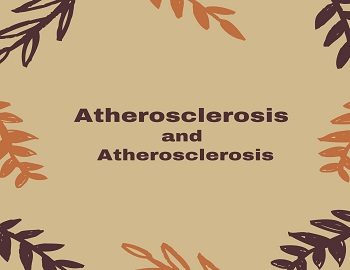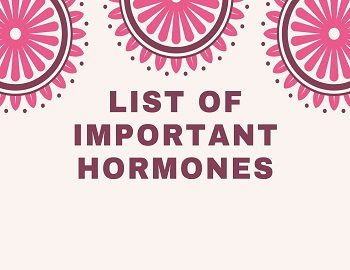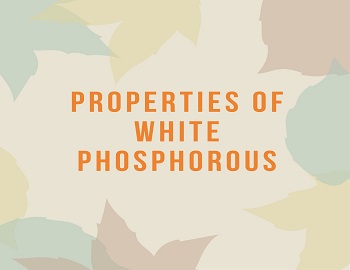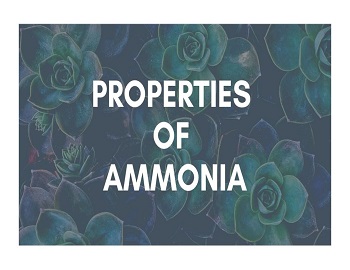Classification of Dyes on the basis of Application:
Dyes are the chemical substances used to impart colour to fabrics, foods, and other objects for their beautification and distinction. They are capable of getting fixed to the fabrics/objects permanently and are resistant to the action of water, soap, light, acid and alkalies.
- Acid Dyes- These are azo dyes and are characterized by the salts of sulphonic or carboxylic acids. These are usually applied to wool, silk and nylon and have no affinity for cotton. Example- Orange I, Orange II, Methyl Orange, Martius Yellow and Naphthol Yellow.
- Basic Dyes- These dyes contain Amino group in unsubstituted (-NH2) or Substituted form (-NR2) as chromophore (colour bearing group) or auxochrome (colour enhancing group). These form water-soluble cations in an acid solution which then react with anionic sites present on the fabrics and thus get attached to them. These are used to dye modified nylons, polyesters, paper, leather, wool, cotton etc. Example- Aniline Yellow and Malachite Green.
- Direct Dyes- These also belong to the class of azo dyes and are used to dye the fabrics directly by placing it in an aqueous solution of the dye. These are suitable for those fabrics which can form H-bonds with the dyes. These are used to dye wool, silk, nylon, rayon and cotton. Example- Martius Yellow and Congo Red.
- Disperse Dyes- These are water-insoluble dyes which are dispersed in reagents like Phenol, Cresol etc. before applying to synthetic fibres. These are used to dye nylon, polyesters and polyacrylonitrile. Example- Celliton Fast Pink B and Celliton Fast Blue B.
- Fibre Reactive Dyes- These dyes contain a reactive group which combines directly with the hydroxyl or Amino group of the fibre. Because of the irreversible chemical reaction, the colour is fast and has a long life. These are used to dye nylon, wool and silk.
- Insoluble Azo Dyes (Ingrain Dyes)- These dyes are directly synthesized on the surface of the fibre. The fabric to be coloured is soaked in an alkaline solution of Phenol or Naphthol and is then treated with a solution of diazotised amine to produce azo dye on the surface of the fabric. The colour imparted by such dyes is not very fast. These are used to dye nylon, cotton, silk, polyester etc. Example- Nitroaniline red.
- Vat Dyes- These are insoluble dyes which are first reduced to a colourless leuco compounds in wooden vats by alkaline reducing agents like sodium hyposulphite and then applied to the fabric. After some time, the fabric is exposed to air or an oxidizing agent to get insoluble coloured dye on the fabric. These are used to dye cotton fibres. Example- Indigo.
- Mordant Dyes- These dyes do not dye a fabric directly but require a mordant which acts as the binding agent between the dye and fabric. For acid dyes, the mordant is a metal hydroxide while for basic dyes it is Tannic acid. The mordant gets attached to the fabric and then interacts with the dye forming an insoluble coloured complex, called Lake. Depending upon mordant used, dyes give different colours. Example- Alizarin (a mordant dye) gives a red colour with Al and Sn salts, brownish-red with Cr mordant and black-violet with Fe mordant.









Comments (No)